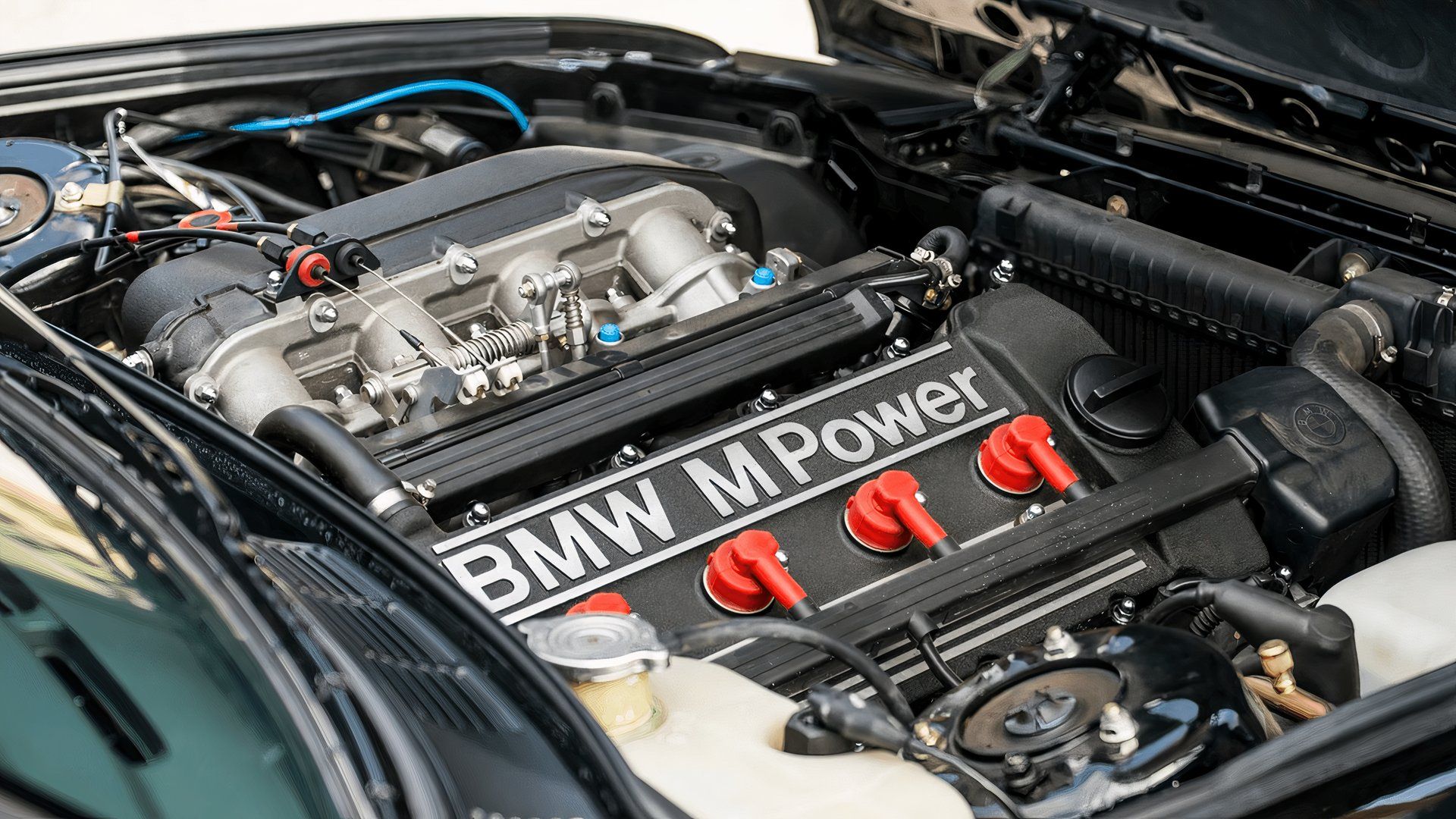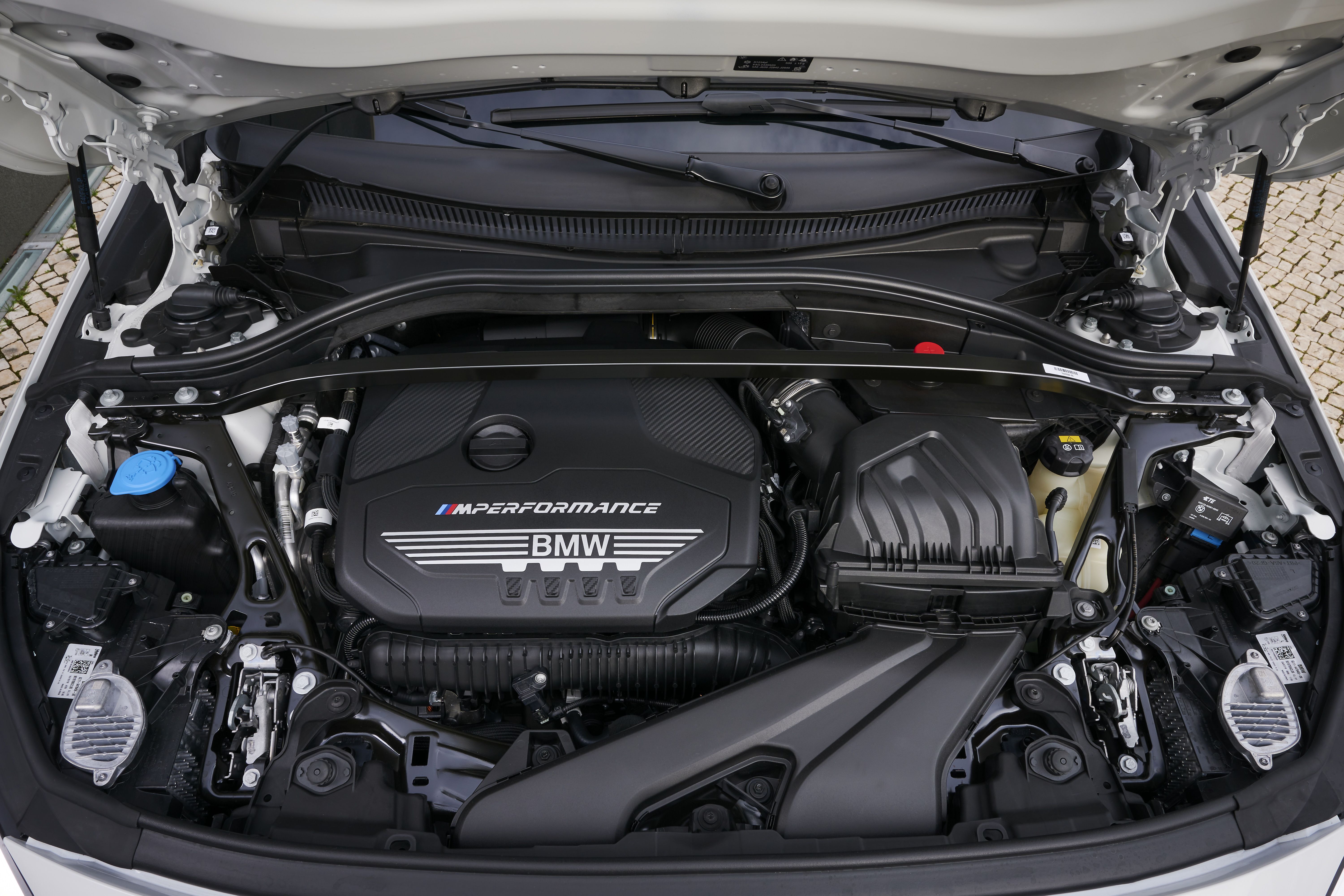Leading 5 BMW Engine Technologies Reinventing the Automotive Industry
Exploring the Development of Burning Engines in Modern Transportation Systems
As we navigate the landscape of contemporary transport, the evolution of burning engines stands as a testimony to human ingenuity and engineering prowess. From their modest beginnings to the sophisticated giants driving vehicles today, combustion engines have gone through an impressive journey of technology and adaptation. Understanding the complexities of this development not only sheds light on the past yet additionally paves the means for picturing what exists ahead in the world of transportation innovation. The interplay of history, innovation, and ecological worries in forming the trajectory of combustion engines creates a story that is both insightful and engaging.
Early Beginnings of Combustion Engines
Exactly how did the principle of burning engines first emerge in the onset of transportation growth? When the concepts of inner combustion were first checked out, the origins of combustion engines can be traced back to the 17th century. In 1673, Christian Huygens conceptualized a standard internal combustion engine that made use of gunpowder to create power. It had not been till the late 19th century that functional applications of burning engines in transportation began to emerge.
The breakthrough moment came with the development of the very first effective gasoline-powered engine by Karl Benz in 1885 - bmw engine. This engine led the means for the advancement of the modern automobile, reinventing transport systems worldwide. Succeeding developments by Nikolaus Otto and Gottlieb Daimler better improved burning engine modern technology, resulting in the automation of automobiles and the quick expansion of the transport industry
These early combustion engines were defined by their simpleness and efficiency, laying the structure for the complicated and effective engines made use of in modern transportation systems. The evolution of burning engines has actually contributed fit the way we take a trip and deliver products, marking a considerable turning point in the history of transport growth.
Change to Internal Burning Innovation
The shift to internal combustion technology noted an essential shift in the development of transportation systems. This shift began in the late 19th century, with developers like Nikolaus Otto and Gottlieb Daimler establishing the very first successful interior combustion engines. These engines transformed transportation by providing a much more efficient and powerful option to steam engines and electric motors.
One of the essential advantages of inner combustion engines was their capacity to be reduced to fit right into lorries, bring about the development of autos and motorcycles. This shift from bulky, stationary engines to portable, mobile ones led the method for the contemporary transportation systems we see today.
The transition to interior burning technology additionally stimulated developments in gas modern technology, causing the development of fuel and diesel as key gas resources for lorries. This shift not just made transport a lot more accessible to the masses but additionally laid the foundation for the oil and gas sector to end up being integral to international economic situations.
Influence of Combustion Engines on Transport
The fostering of burning engines in transport systems militarized a profound change in the effectiveness and speed of global flexibility. Burning engines transformed transport by giving a versatile and reputable resource of power for different automobiles, consisting view website of cars and trucks, vehicles, ships, and planes. This development substantially boosted the capacity for people and goods to conform lengthy distances in much shorter amount of time, leading to enhanced connection in between areas and countries.
Moreover, the widespread usage of combustion engines has had a considerable impact on financial advancement. The capability to move items successfully has spurred trade and business, allowing services to increase their markets and get to customers worldwide. This has actually helped with economic development and globalization, as items can currently be delivered quicker and in larger quantities than ever before.
Nonetheless, the environmental effect of burning engines can not Click Here be neglected. The burning of fossil fuels has caused air contamination and greenhouse gas discharges, adding to environment adjustment and posturing health and wellness dangers to populations. bmw engine. Because of this, there is an expanding focus on developing alternate propulsion technologies to alleviate these adverse effects and create a more sustainable future for transport
Technologies in Burning Engine Design
One noteworthy technology is the advancement of turbocharged engines, which use exhaust gases to drive a turbine that presses incoming air, allowing for even more fuel to be burned, resulting in increased power outcome without a considerable boost in engine size. Variable valve timing systems have actually also changed engine layout by enhancing air movement at different engine speeds, boosting both power and effectiveness. These developments collectively contribute to the continuous enhancement of burning engines in contemporary transport systems.
Future Trends in Burning Engine Growth
With technology developments driving continuous technology, the future of combustion engine growth is positioned to revolutionize transportation systems globally. One of the essential trends in combustion engine development is the press in the direction of higher performance and reduced exhausts.
One more noticeable trend is the fostering of crossbreed innovations in click this link combustion engines. Hybrid engines integrate conventional combustion technology with electrical power, using boosted fuel effectiveness and reduced exhausts. As the auto market changes in the direction of electrification, hybrid combustion engines are seen as a transitional service that bridges the space between traditional cars and fully electric ones.
Moreover, the assimilation of clever technologies, such as expert system and data analytics, is anticipated to play a considerable duty in the future of burning engine development. These technologies can enhance engine efficiency in real-time, resulting in extra effective burning procedures and improved general vehicle efficiency. Accepting these future fads will not just drive technology in combustion engine growth however additionally contribute to a much more eco pleasant and lasting transportation community.

Verdict
In final thought, the evolution of combustion engines in modern-day transportation systems has actually been noted by substantial advancements in modern technology and design. From the early starts of combustion engines to the change to internal burning modern technology, these engines have had a profound influence on transport.
The origins of burning engines can be traced back to the 17th century when the principles of internal burning were very first discovered. These engines revolutionized transportation by supplying a more effective and effective choice to heavy steam engines and electric motors.
